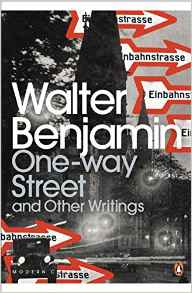
Photography a Critical Introduction, edited by Liz Wells, published by Routledge, Taylor & Francis Group.
The image on the front cover of this book was very appropriate for my experience when first reading this book: ‘Babel’ from Cockaign, by Gayle Chong Kwan.
The last listed book in my recommended reading list for the ‘Context and Narrative’ course to be read which completes my reading for both essential and recommended for the course. Phew!
I originally purchased and began reading this book for my ‘Art of Photography’ (AOP) course but I didn’t understand the relevance to my course and I also found it to be too heavy reading for me at that time and I only got half way through chapter one before putting it down. I was keen to read books themed closer to the topics covered in the syllabus and additional technical books on composition, lighting, exposure, etc to bring me up to speed with my basic photography skills. I felt that this book should have been listed in the essential reading list for my AOP course as none of the syllabus touched on critical theory and therefore wasn’t even appropriate for recommended reading. However, this book was listed as recommended reading for this current coarse of Context and Narrative and in my opinion this should in fact be listed as essential reading.
This book is definitely worth reading once the critical theory of art in photography needs to be explored and understood. There was much that linked to my current studying and I could see likely future links to my next courses, particularly chapter 4, ‘The subject as object: photography and the human body’ which discussed various forms of fetishism in art and explained what this word means in the art world. Not just sex and deviant behavior but also desire and even a form of addiction which can be exploited by advertising, etc.
I still found it a heavy book and it took almost three weeks for me to read, but thanks to all the other reading that I have now done and the clear link it had to my current studying I was able to relate to the subject matter. I am pleased that I have finally read this book and I realize that I made the right decision two years ago to put the book down as I would not have understood a word and the messages that are now useful would have been missed. I probably would not have thought to read it again; so missing a second chance to learn something from this book.



